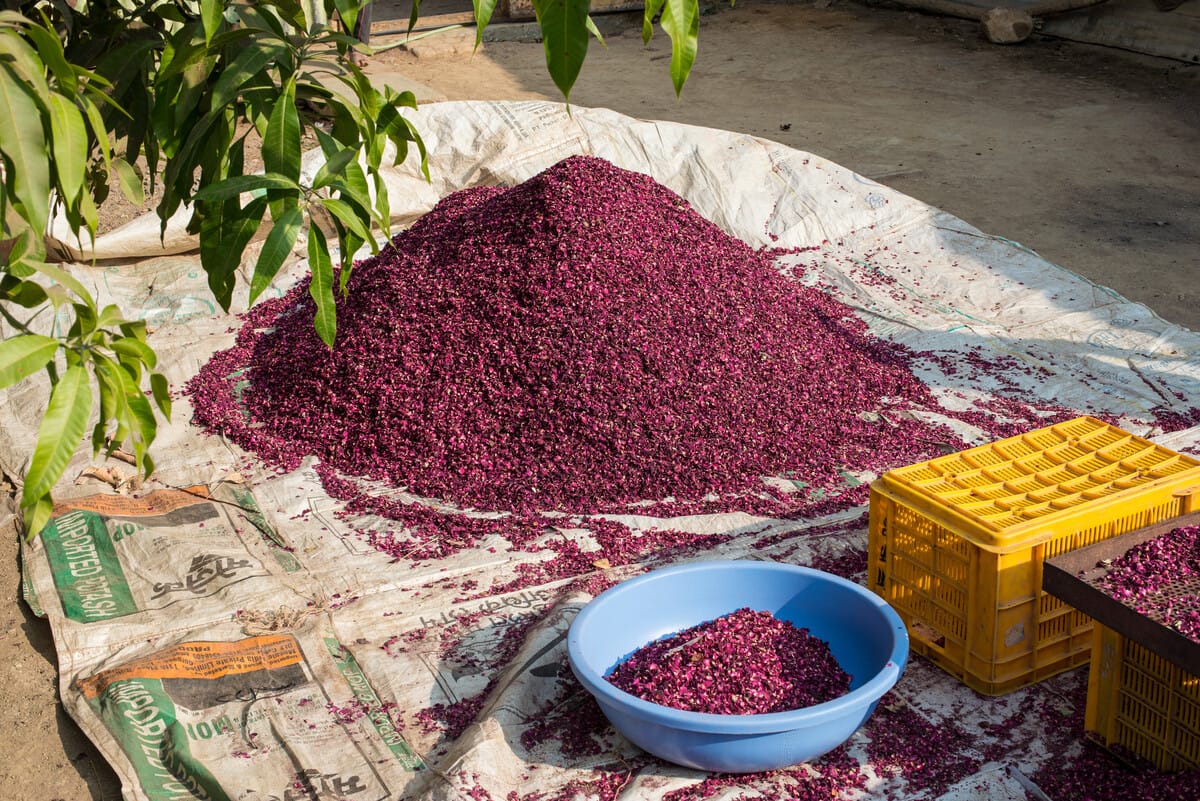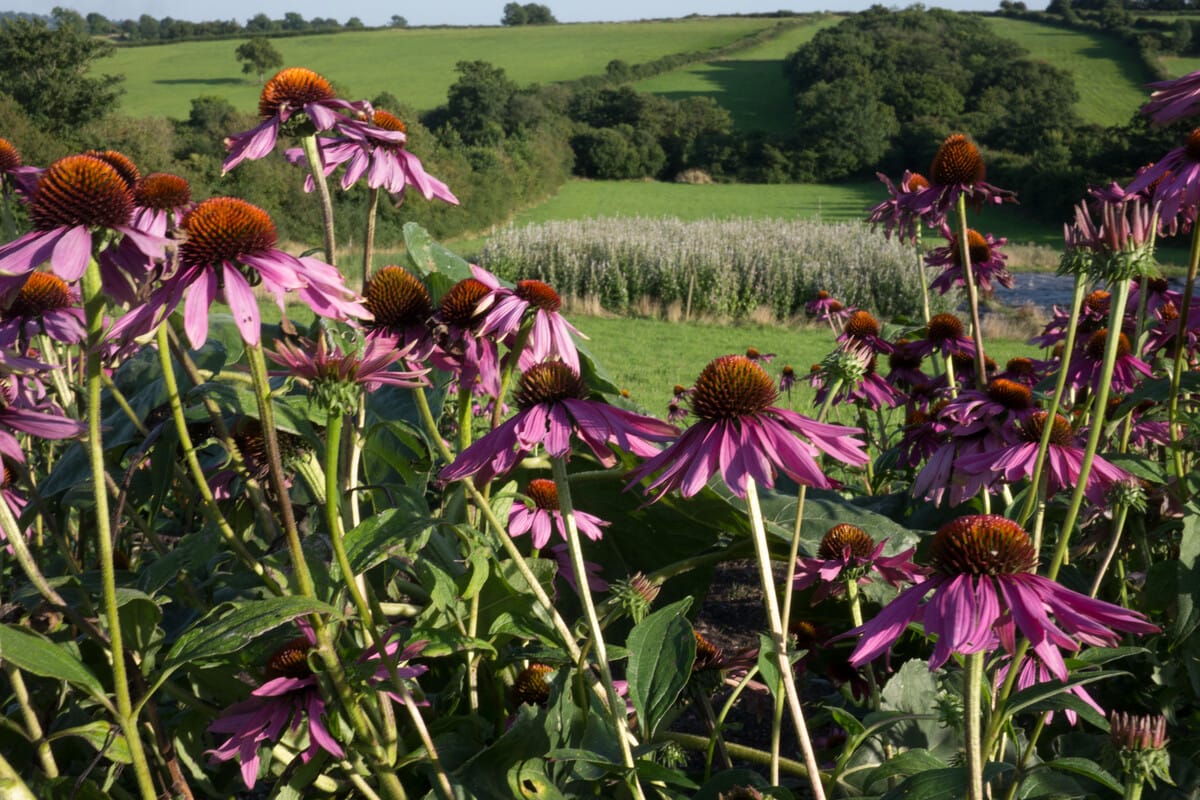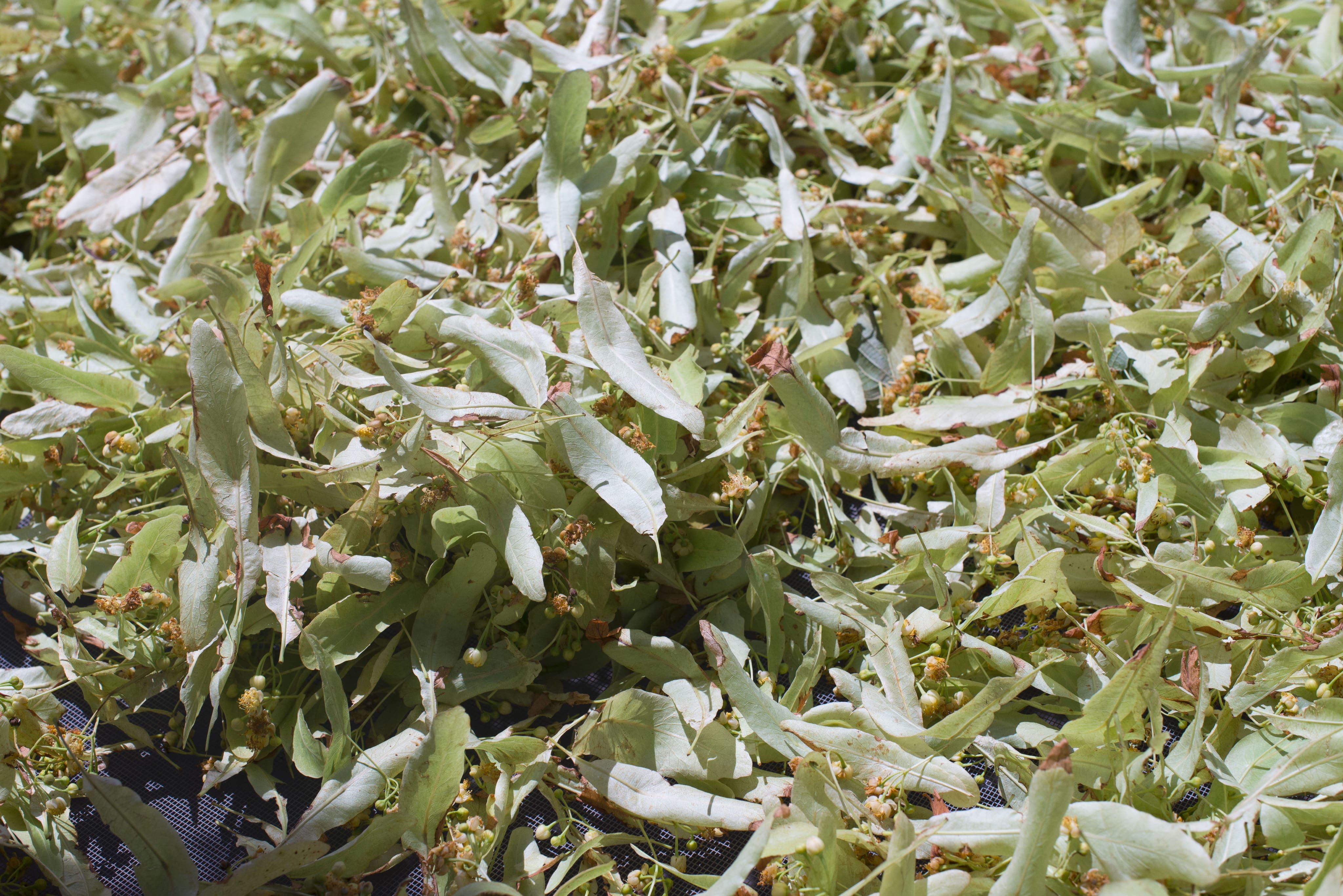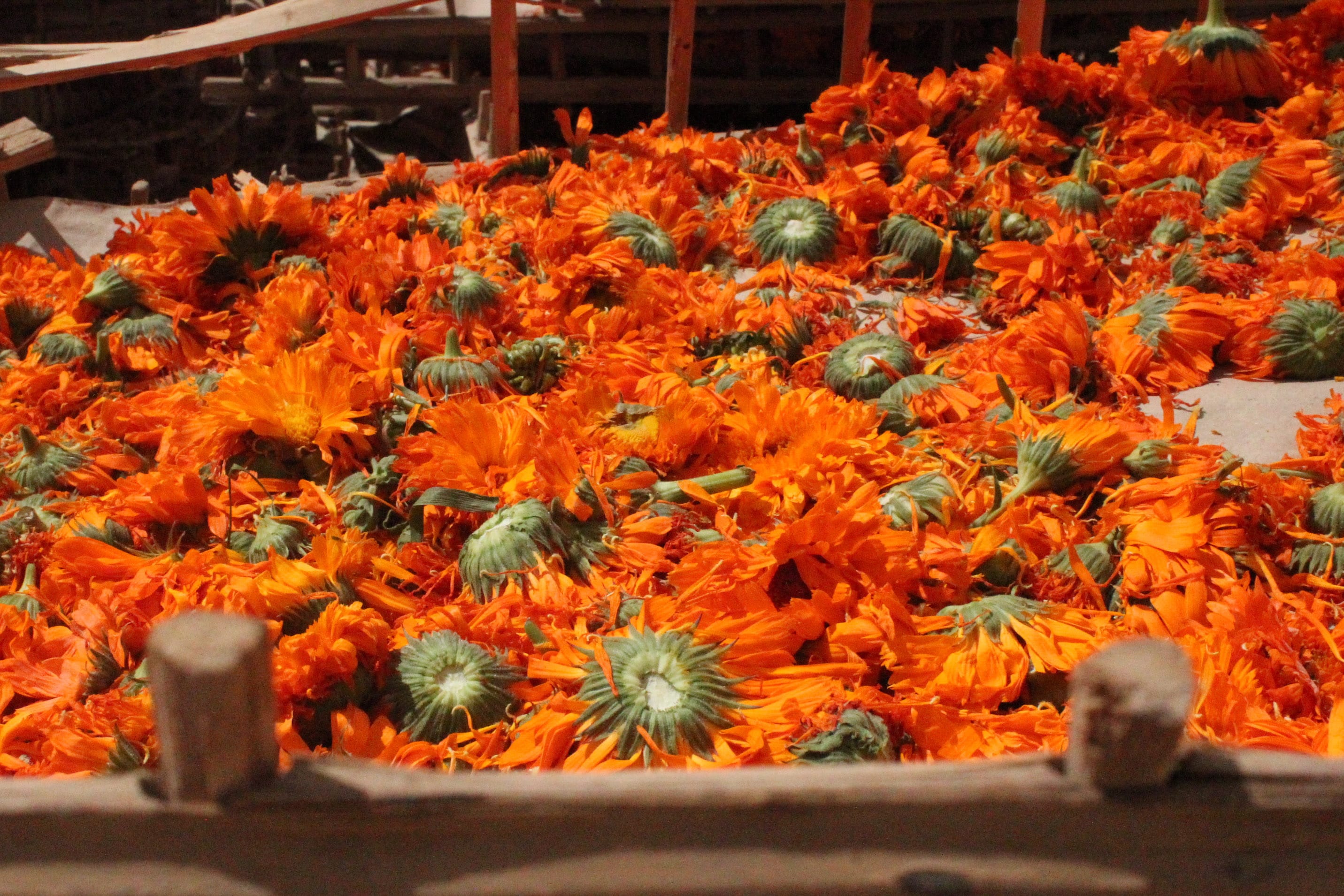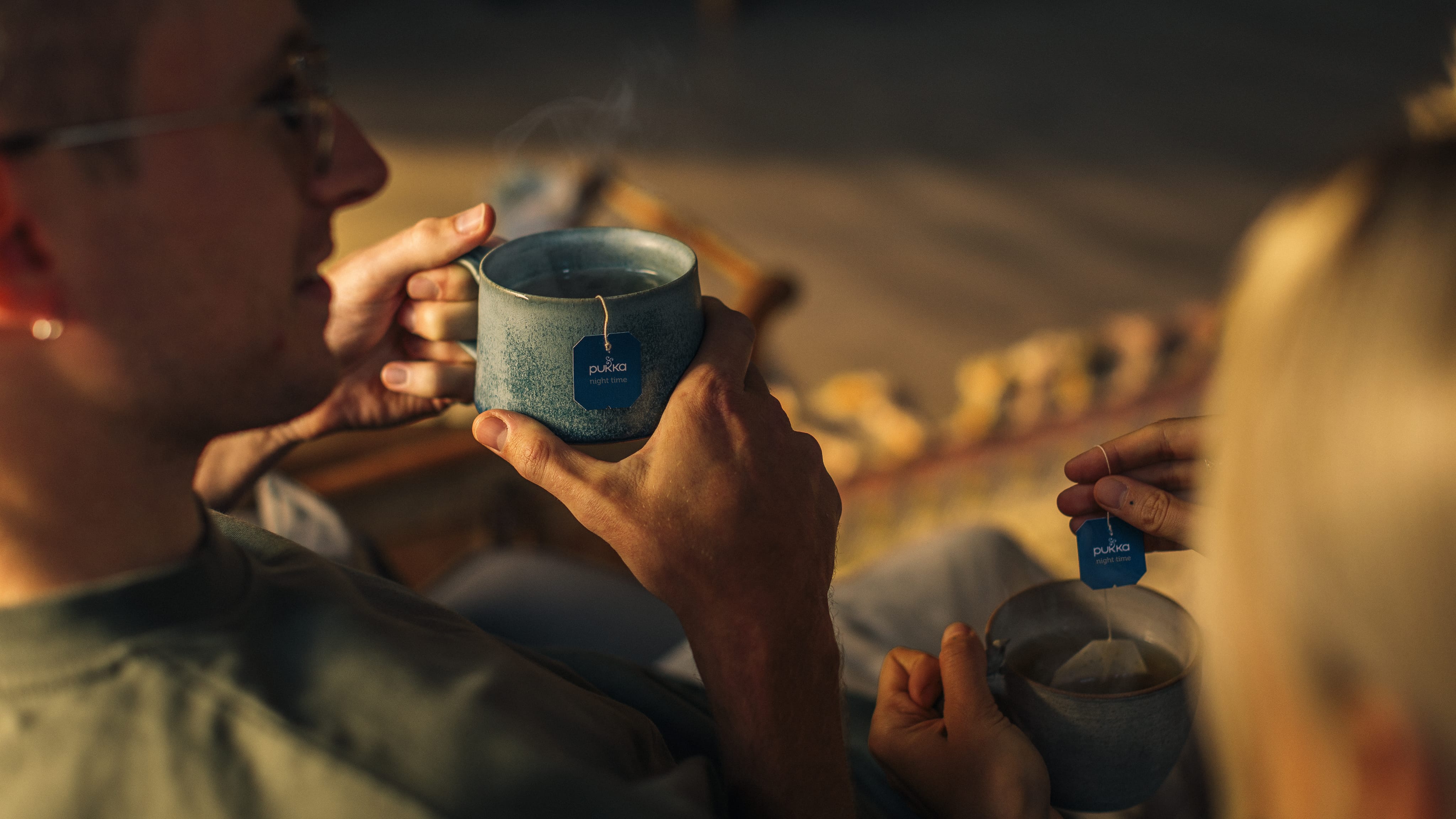Unrivalled expertise for the highest quality
At LIPTON Teas and Infusions, we put 150 years of experience in the tea industry at the service of our products’ quality.
Thanks to the heritage of the visionary entrepreneurs who built the company, we are now the leading global purveyor of this valuable ritual and its associated benefits for physical and mental wellbeing.
Our local presence around the world makes us deeply attuned to both consumers’ countless preferences and to the craft of blending the very best quality that nature can offer you.
To achieve this, it takes three crucial steps - from seed to sip.

First step: selecting and buying
To prepare and blend everybody’s favourite teas and infusions, we must constantly be on the lookout for the finest, responsibly sourced raw materials. Unlike coffee, cocoa or orange juice, we cannot buy tea, mint or chamomile on the futures market, before they are actually harvested. The quality of these delicate botanicals is simply too variable, depending on the soil, the altitude, the exposition, the farming techniques… Even in the same terroir, one day’s crop can be very different from the next, depending on weather conditions, the picking schedule and more.

Take black tea. 79 LIPTON Teas and Infusions tasters, across 15 country locations, brew cups from every single batch before approving it for production. Globally, we taste one million batches of tea a year. Typically, about a third meet our requirements and are bought. Just in Mombasa, Kenya, our buyers taste almost 5,000 cups of tea a week on average. These experienced professionals are fluent in LIPTON Teas and Infusions’ very own Tealingo™ methodology, a sophisticated tea categorization and scoring system developed by our experts.
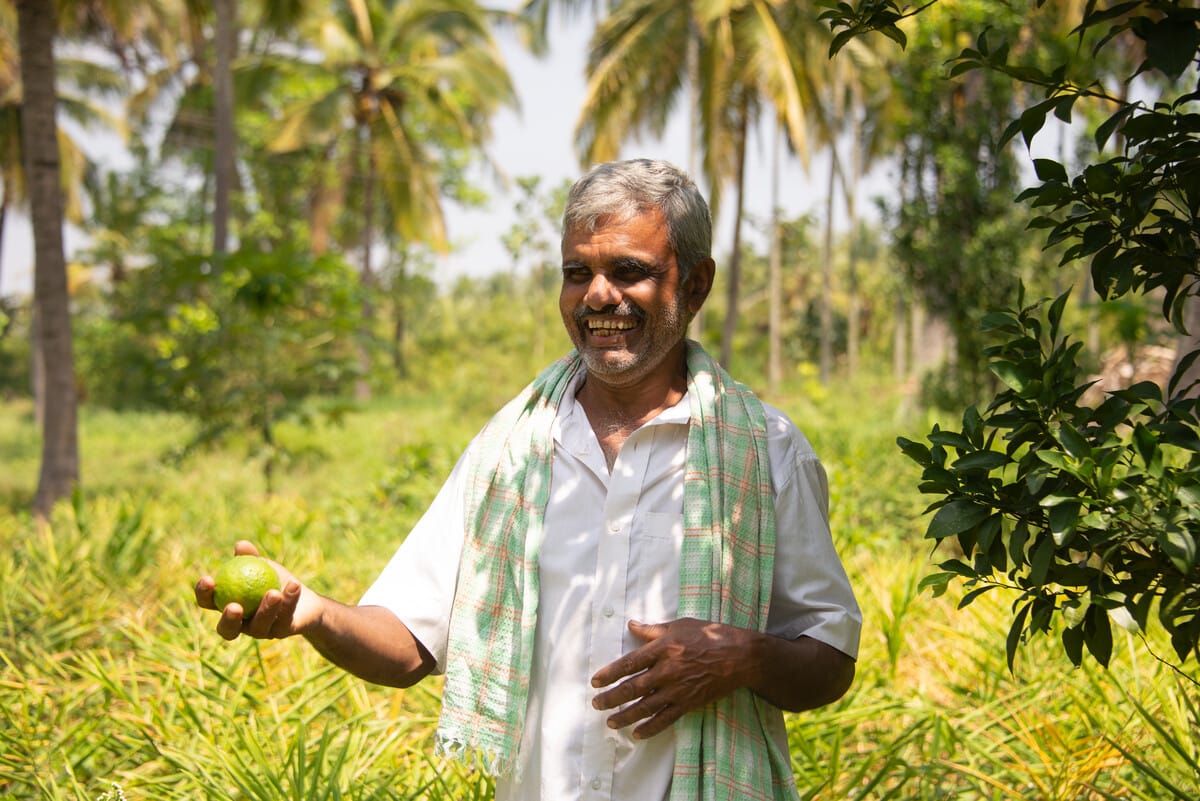
To buy herbal ingredients, we are equally demanding. We purchase the raw materials from the country of origin either directly or through partners that meet our quality and sustainability requirements. We ensure there is an appropriate level of traceability and we apply very high standards of quality control, up to the pharmaceutical level. All our Pukka products are 100% organic, vegetarian, dairy-free and contain no synthetic color, flavorings or additives. They are harvested sustainably from the plant’s favored habitat.
Step 2: The art of the blend
Step two, blending. Our Research & Innovation centers are probably the world’s most comprehensive repositories of tea and herbals knowledge. This is where our Blend Design master blenders draw on our deep consumer insight to create detailed recipes for every palate. Lipton Yellow, for instance, exists in 42 variations – because tea lovers in Belgium take their favourite drink differently than in Egypt, Turkey, USA or Pakistan.
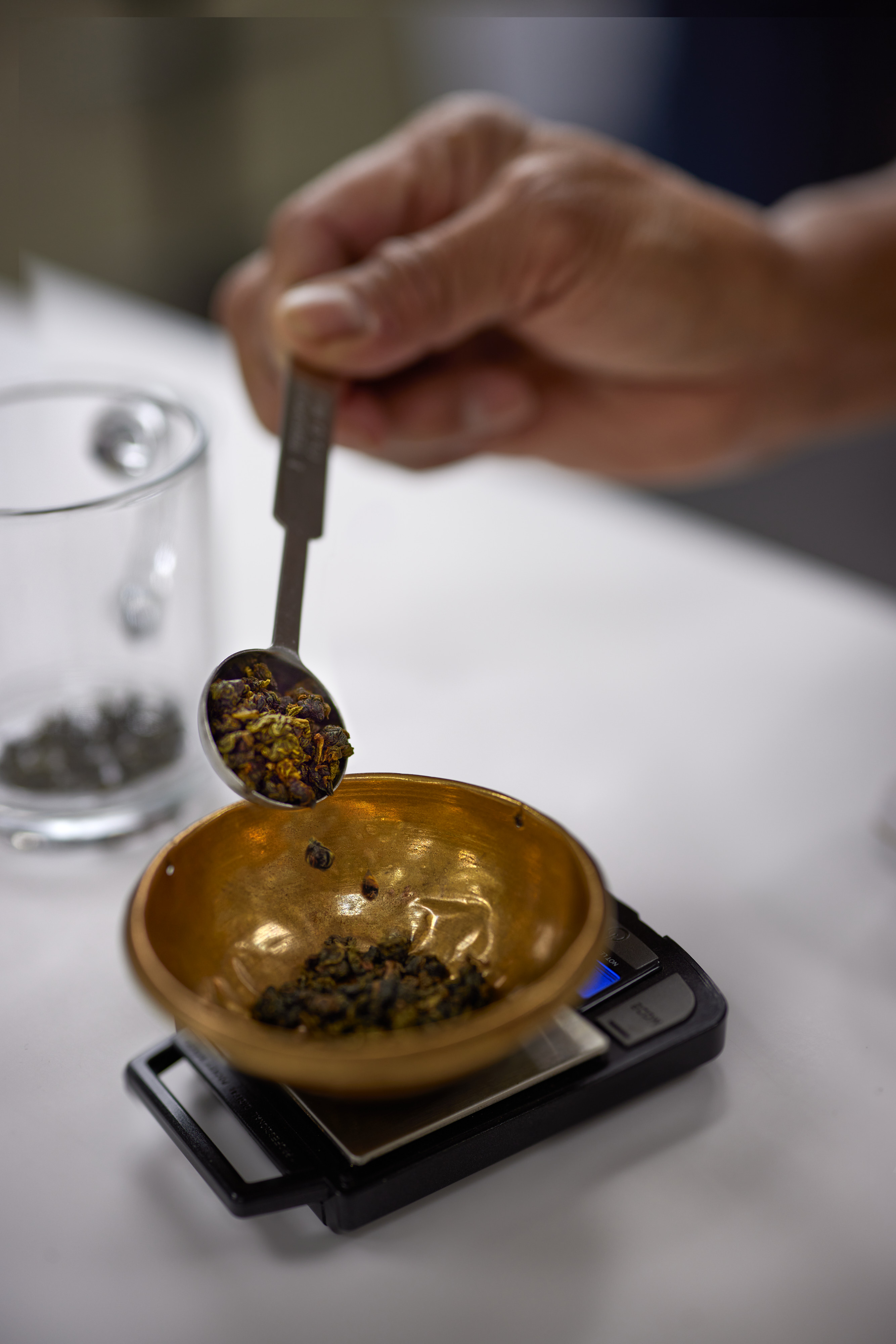
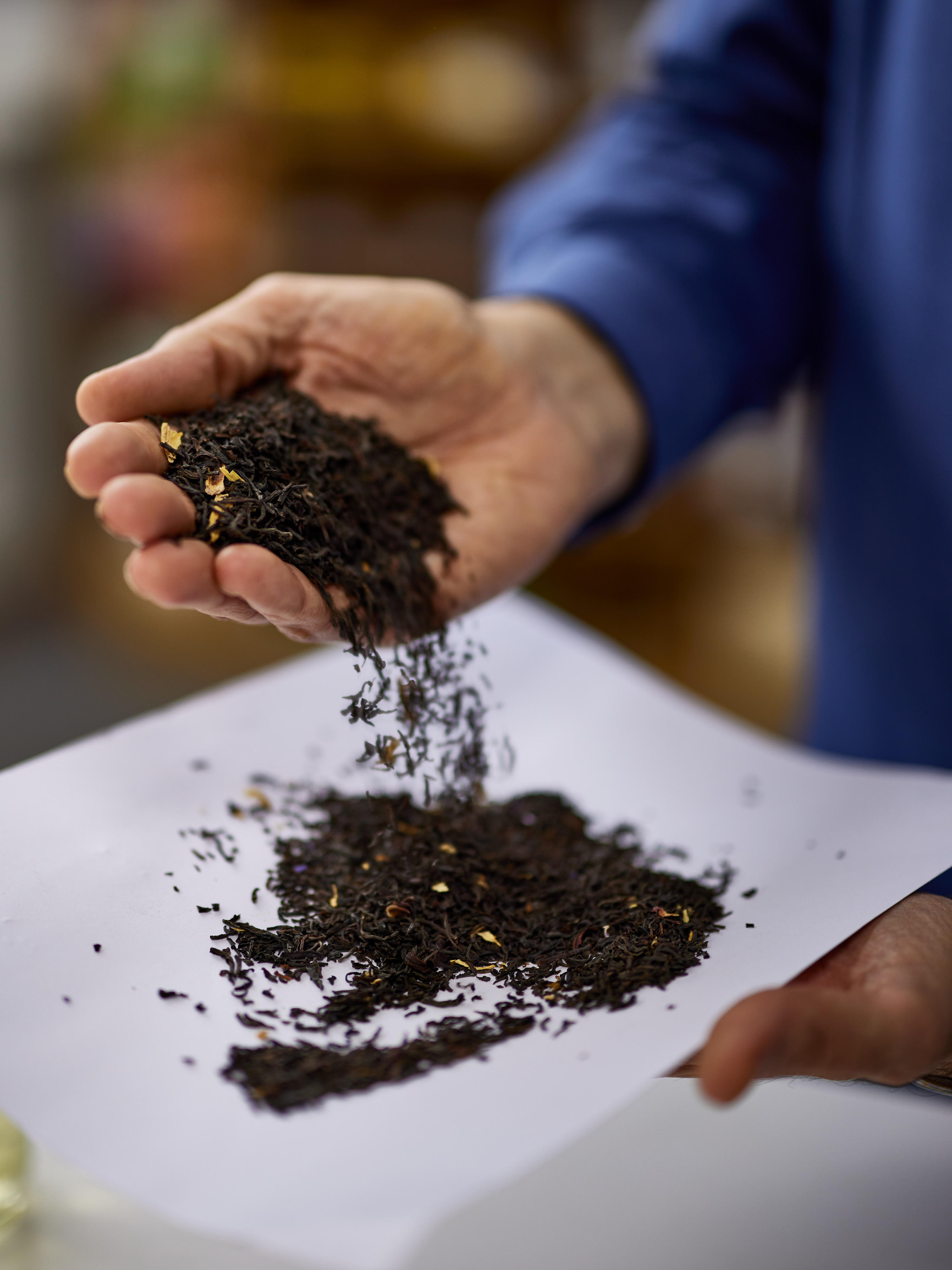
Based on these recipes, and depending on the attributes of the latest crops, our master blenders in procurement pick the right batches to consistently deliver our distinctive teas and infusions. They also taste the tea physically blended at our factories to ensure it always meets the gold standard of the blend.
With infusions in general, the options are endless. Our products are made from over 100 botanical herbs and spices from around the world – from licorice to fennel and from elderberry to turmeric. And we regularly invite consumers to experience our new blends, inspired by the ancestral herbalist lore of many cultural traditions and by the excitement of discovering fresh flavors.
Some of our ingredients
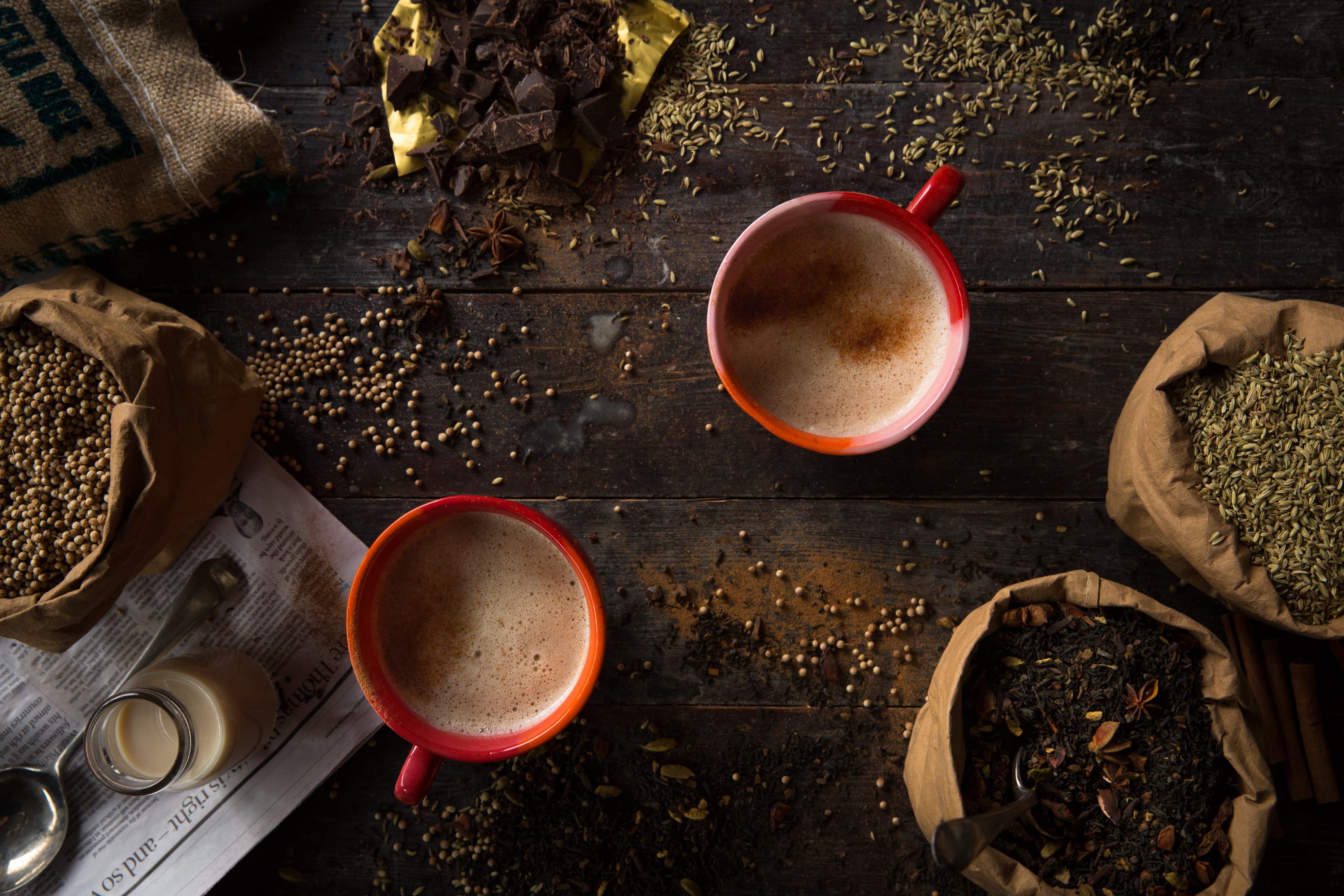
Step 3: perfect serving
At home, at work, or at the restaurant, we give each consumer a memorable experience every time from a warming cup of Masala Chai to awaken the senses in the morning to a herbal infusion after lunch or before sleeping. Whether shared as a social occasion or taken in a moment of self-care, the experience is almost universal but it is also very diverse, with major differences between cultures and individuals.
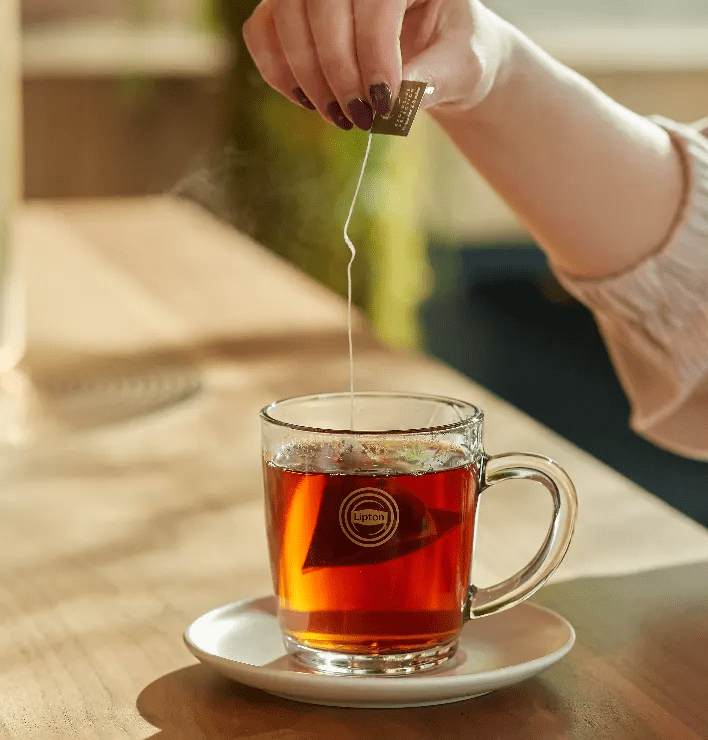
This is why we offer teabags containing usually 1-3 grammes of tea: pre-dosed for a perfect serve, enclosed in environmentally friendly filter paper designed to preserve the precious content’s distinctive flavor and aromas for release in the cup. It allows each person to choose their favorite tea, every time.
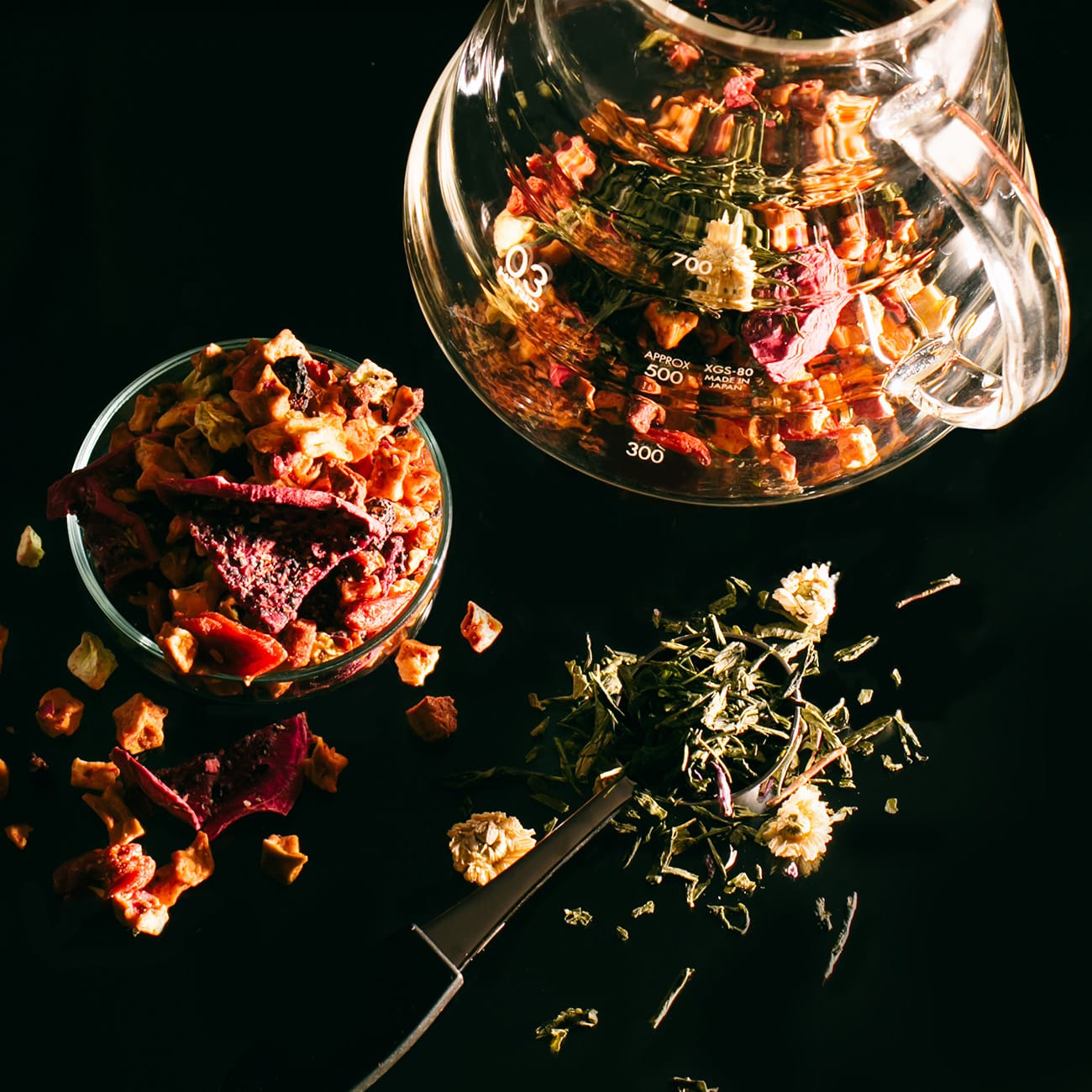
Then, brewing temperature is the most important aspect for the ultimate tea experience. This is why Lipton was the first, in 1910, to use printed tags with brewing instructions. Water that is too hot can scald the plants, whereas water that is not hot enough will produce a weak infusion. Black tea, pu-erh and herbal teas should be prepared at full boiling point. Green and white tea’s brewing temperature is slightly lower, just as the water begins to steam.

